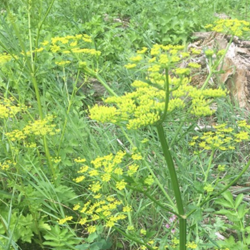Invasive Plant Species
The proper cultivation of land and control of noxious weeds is encouraged throughout the municipality. If a noxious weed is spreading due to neglect, RM Council may take action against the perpetrator under the provisions of the Noxious Weeds Act.
SARM manages an Invasive Plant Control Program that can be used to subsidize the purchase and application of eligible herbicides. For more details, click here.
For more information on invasive plant species, click here.
For a guide on identifying invasive plant species, click here.
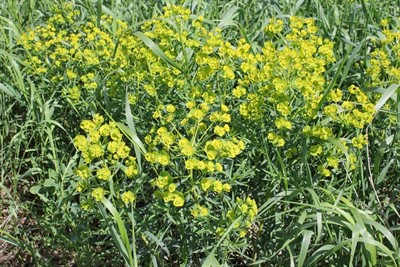
Leafy Spurge
Leafy spurge is an invasive perennial herb that grows up to 3 feet tall with green-yellow flowers. It forms dense stands, crowds out native species, and is hard to control. Its deep roots help it survive in various conditions, and it's toxic to cattle and horses.
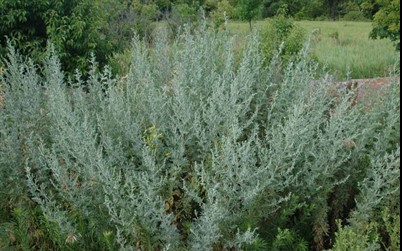
Absinthe Wormwood
Absinth wormwood is a perennial plant with a strong sage smell. It grows up to 3-5 feet tall and has a gray-green color with fine, silky hairs. It can easily take over pastures, fields, and native grasslands, especially in disturbed areas where other plants don't compete well.
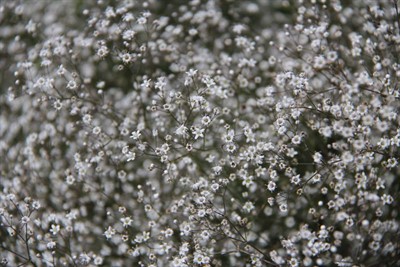
Baby's Breath
Baby's breath is a perennial herb often used in floral arrangements. It can invade pastures and rangeland, forming dense stands that are hard to control. It grows up to 2.5 feet tall and has a deep root system, allowing it to thrive in dry conditions.
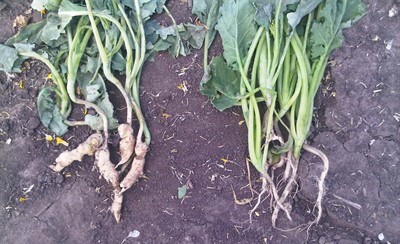
Club Root
Clubroot is a soil-borne disease affecting canola and vegetables. Clubroot affects canola yield and quality and its impact depends on soil conditions and the growth stage of the crop when infection occurs. Clubroot is a declared pest in Saskatchewan under the Pest Control Act and should be treated as soon as it is noticed.
Wild Parsnip
Wild parsnip is a noxious weed listed under The Weed Control Act. It can cause burns similar to a chemical burn or extreme sunburn if skin comes into contact with wild parsnip sap and then is exposed to sunlight. If you come into contact with wild parsnip, wash the area thoroughly, immediately cover the area, and seek medical attention as soon as possible. Wild parsnip blisters can take a few days to appear.
Note: Wild parsnip looks very similar to cow parsnip, a common native plant species. The primary difference is the colour of the flowers: Wild parsnip's flowers are yellow, while cow parsnip's flowers are white.





